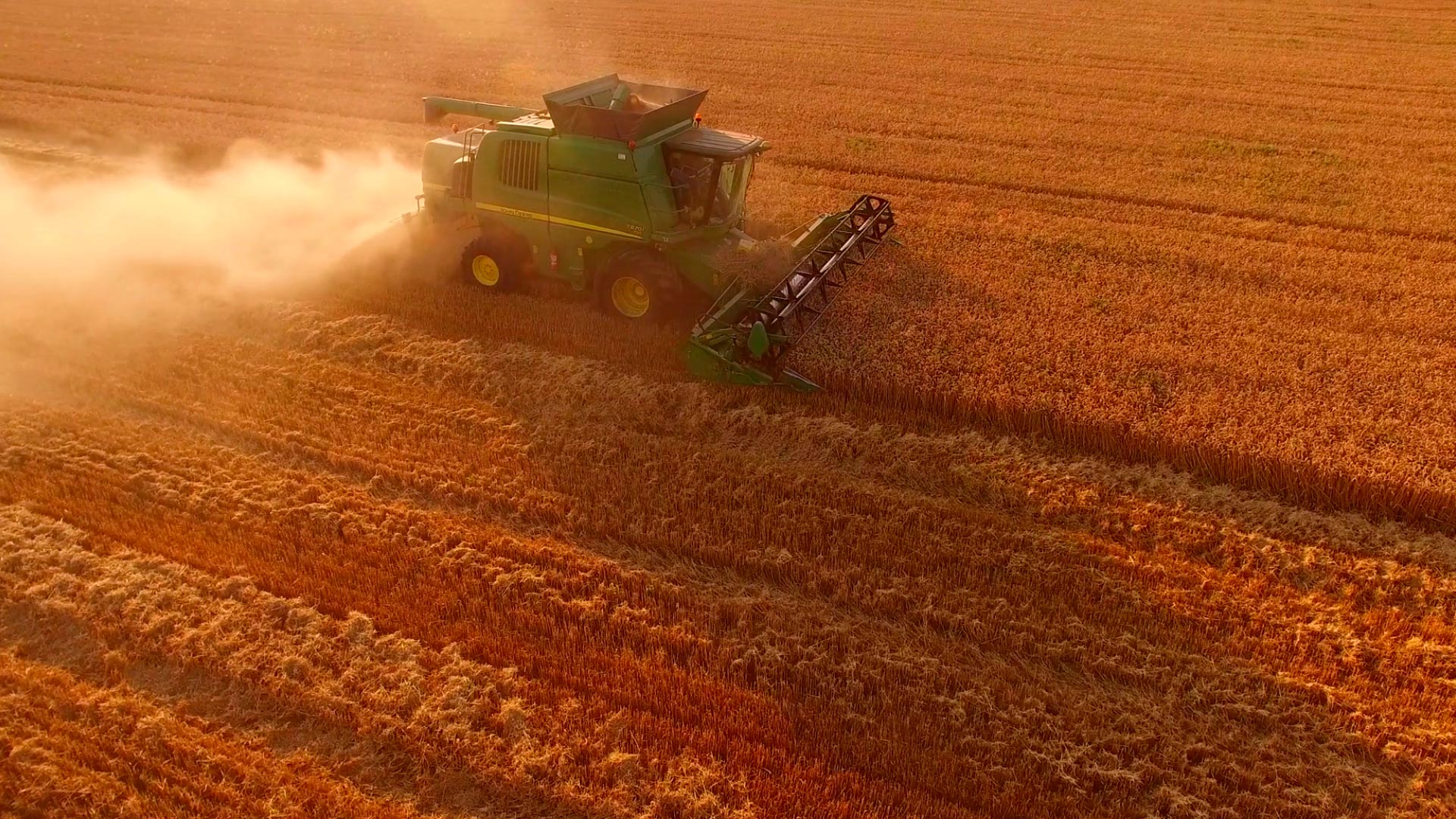Application note
Radar Sensor for Safety Applications
How to implement a Radar-based safety solution for Agricoltural, Offroad Vehicles and Industrial Machinery
Bluewind designs Radar sensor solutions exploiting Infineon small, reliable and cheap Radar components that enable a range of industrial and consumer applications unthinkable before. The development of safety-related electronic devices combines the choice of hardware and software parts that comply with regulations and company requirements.

Overview
Safety Applications with Radar sensor
Industrial applications where safety is mandatory require reliable sensing of the presence of humans, animals and objects in any possible environmental condition.
Emerging outdoor applications must meet the minimum requirement that a special situation, where sensing is not possible due to unpredictable conditions, is at least detected and signaled to the upper layers.
Other new applications which require measuring distances and speeds, detecting shapes, and even sensing vital parameters of humans can nowadays be evaluated and developed without high budgets.
Solution
Radar basics
The principles of a radar system are very simple. A microwave signal source emits a radio frequency signal which is reflected by a moving object. The receiver antenna picks up the reflected signal and mixes it with the transmitted signal.
A moving object generates a low frequency Doppler output signal (called IF) which can be processed to trigger an event. The generated Doppler signal (IF) is a sinewave in the range of a few KHz.
This enables using computing platforms that, for selected applications, can start from a very common and inexpensive microcontroller, for instance of the Cortex M3 class. Infineon industrial and consumer solutions use a radar frequency of 24GHz. This enables complying with existing regulations for radio frequency emission all over the world while maintaining a small antenna size, high directivity and moderate far field loss.
Radar, some basic benchmarks
Radar sensor uses microwave frequencies to detect motion and distance.
It is fairly robust against atmospheric conditions and allows several interesting measurement possibilities. In conclusion if compared to other technologies known today its advantages are clearly surpassing the potential disadvantage of its complexity.
- Maximum Distance: 150-200m
- Radial Movement: Good
- Tangential Movement: Poor
- Speed Range: >500km/hr
- Field Pattern Adjustment: Poor (except if using phased array antenna)
- Stationary Object Detection: Good
- Environmental Influences: Rain
- Measurement Capabilities: Good
- Product Cost (Movement Detection): Moderate
- Design Esthetics: Can be concealed
Radar Antenna
Selecting the right antenna solution for a radar sensor based application is critical to its success.
Certainly an antenna in the context of radar applications refers to a very small and robust subsystem that combines the physical antenna array and the high frequency circuitry, where the latest generation Infineon components are being deployed.
Bluewind support for Infineon Radar Solutions
Bluewind has been developing Industrial products using Infineon parts since 15+ years, consequently gaining experience in the development of Safety products, and with a commitment to support applications based on Infineon radar solutions during all stages:
- Safety issues analysis
- Critical Components selection
- Software tools and libraries for Safety and performance
- Schematic and printed circuit board design and review
- Production process quality
- Compliance to international regulations and product standards


